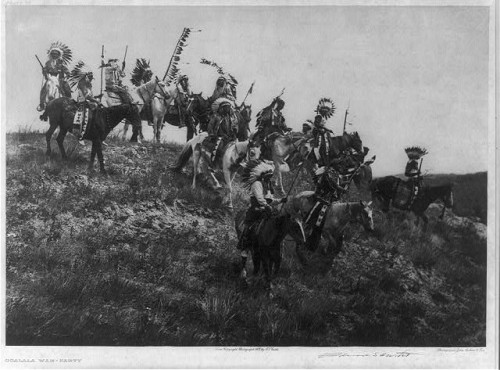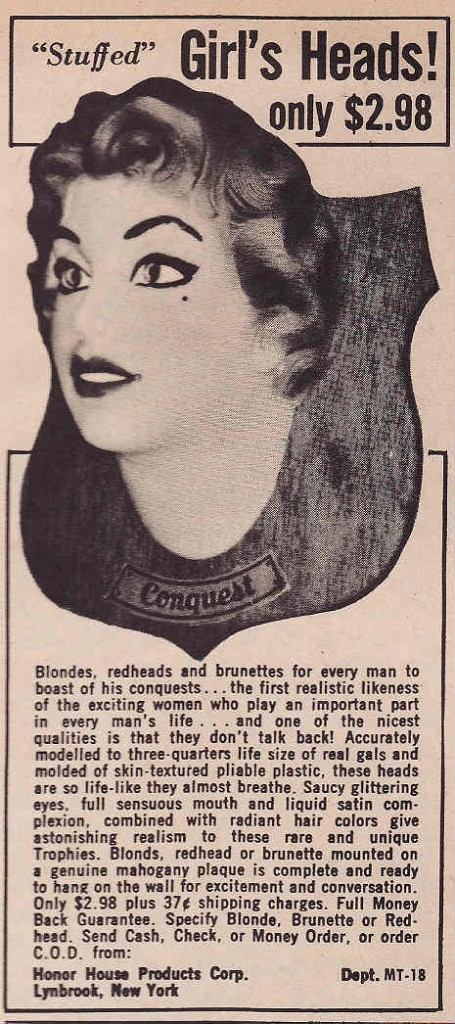NEWS:
We have lots of fun stuff to report this month!
First, please join us in thanking Jon Smajda for re-designing our website! In addition to the aesthetic changes (always keeping us looking fresh, he is), he’s given us power over TABS. We have lots of plans for these tabs, so keep an eye out and please be patient with our experimenting.
Second, SocImages sparked the outcry that led to Abercrombie Kids removing a product from their website. Reader Allison K. sent in the tip, we put up a short post about the push-up bikini tops and the sexualization of young girls (Abercrombie Kids is for ages 7-14), the story went viral, and Abercrombie eventually folded. All in all, a fun week. Plus I had the distinct pleasure of being quoted using the phrase “perverted uncle.”
Alongside the Abercrombie story, Gwen and I were interviewed by Tom Megginson for Change Marketing, my discussion of the blog Born This Way was picked up by ABC News, and we received a generous review at Shinpai Deshou.
Finally, this is your monthly reminder that we’re on Twitter and Facebook.
Oh, and we’d be remiss if we didn’t tell you that Sociological Images has been purchased by AOL! The editors of The Society Pages have agreed to turn over editorial control to the mega-corporation in exchange for a principle-collapsing $315 million dollars. Gwen and I must admit that we’re a bit confused by the whole thing. Somehow we thought our 3,419 free posts were for something bigger than Chris and Doug’s pocketbook. But, looking back, we have to admit that we were, um, tragically and enormously naive. Hind-sight is 20/20 I guess; c’est la vie.








